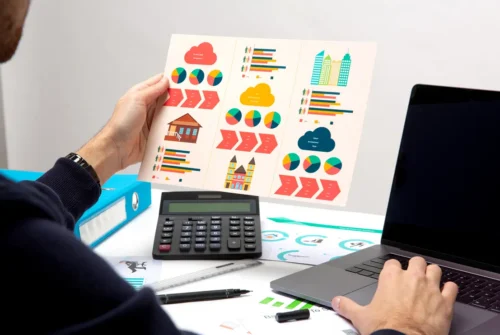
A fraction can be deemed to be the ratio of two numbers. The upper part is said to be Numerator, and the lower part is called the Denominator. When a whole of something is divided into the number of parts, then each part is called a fraction.
As many students struggle to learn fractions, which usually are taught in third or fourth grade, teachers should use some innovative ideas. Instead of using repetitive methods to teach fractions or depending on old techniques such as pie charts, the more modern methods of teaching fractions use ways to help children really understand what fractions mean using number lines or models.
It will assist in defining the different type of fractions such as like and unlike fractions, equivalent fractions, etc. For example, equivalent fractions state that two or more than two fractions are said to be equal if both results in the same fraction after simplification. Like, ½ and 2/4 are equivalent fractions.
An example is Cutting a pizza, which can be divided into eight pieces. If one piece is pulled out, then its proportion is denoted by ⅛, that means one piece out of eight pieces. Another example is cutting a cake into six equal pieces. If a boy or a girl eats 2 pieces of the cake, that means he/she ate 2/6=⅓ of the whole cake. Therefore, the fraction is nothing but a portion of a whole.
Other ways to teach fractions include cutting paper into thirds or sevenths to detect which fraction is bigger and what denominators mean. There are many other approaches that comprise modern terms for words such as denominator so that students could understand why we can’t add or subtract fractions with different denominators.
Using number lines encourages children to compare different fractions—something that is difficult for them to do with conventional pie charts, in which a pie broken into pieces. For example, a pie split into sixths can look a lot like a pie cut into sevenths. Moreover, the newer approaches stress understanding how to match fractions before pupils go on to learn methods such as adding, subtracting, dividing, and multiplying fractions.
Even in Algebra, fractions play an important role. The algebraic expression or the algebraic fractions can be broken down into simpler parts so that it is easy to simplify them. Such fractions are said to be partial fractions. This fraction plays an effective role in solving problems based on integration.
Math concepts such as fractions that pupils do not master in the early classes can confuse them later on and cause them a great compromise of math tension. The modern approach signifies that students should be using new method s and techniques to understand the concepts instead of using old methods of memorising it. Because memorising the concepts will not help to pertain the knowledge for the long term. Many math educators do not recognise that the language of math can be difficult for students and that students must understand the theories behind the language.





